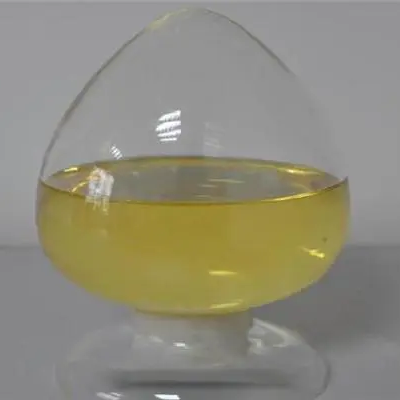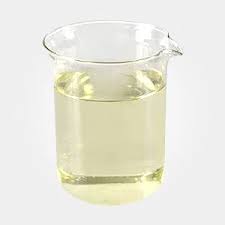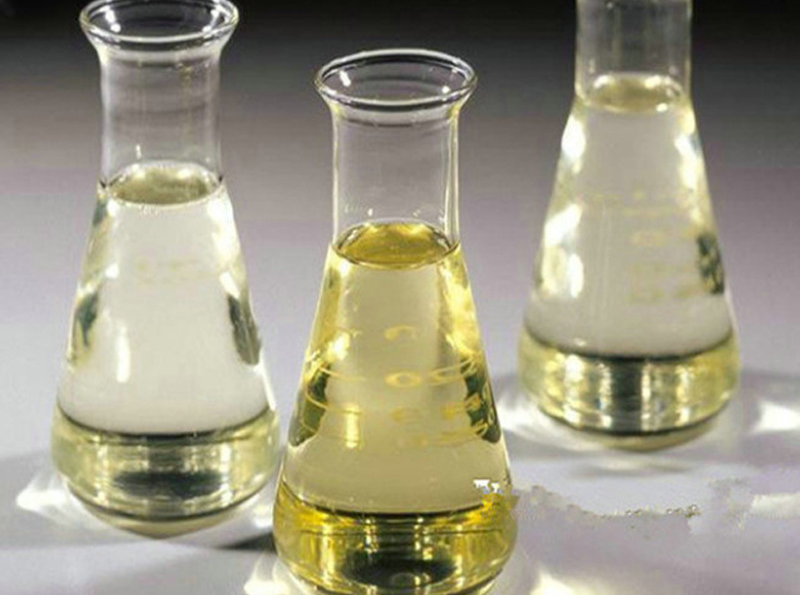Take a deep breath right now. Feel your lungs fill up? That amazing inflation, that life-giving air exchange, happens millions of times without you even thinking. But here’s a hidden problem. The tiny air sacs deep inside your lungs, the alveoli, are incredibly delicate. Think of millions of microscopic, wet balloons. Wet surfaces love to stick together. Surface tension pulls at them constantly. Without something special, these sacs would collapse every time you breathed out. Breathing would become a terrible, exhausting struggle. You’d need massive effort just to reinflate your lungs with each breath. So what stops this disaster? The answer is surfactant. It’s like a magical, life-saving soap bubble mix for your lungs.
(Which Alveolar Cell Is Responsible For Producing Surfactant?)
But where does this vital lung soap come from? Your lungs aren’t buying it from a store. The hero here is a specific type of cell living right there in the alveolar walls. Meet the Type II Alveolar Cell, also called the Type II Pneumocyte. These cells are the unsung production powerhouses. They work non-stop, making and secreting surfactant. Type II cells look different from their neighbors, the thin Type I cells that handle gas exchange. Type II cells are plumper. They are packed with special structures. These structures look like stacks of plates under a microscope. Scientists call them lamellar bodies. These lamellar bodies are the surfactant factories inside the Type II cells.
Think of the Type II cell as a dedicated biological soap maker. It gathers the raw materials. These materials include special fats, called phospholipids, and some unique proteins. The cell assembles these ingredients carefully inside its lamellar bodies. Once the surfactant mixture is ready, the Type II cell releases it. It secretes this precious cargo directly onto the inner surface of the alveoli. Imagine a thin film of soapy liquid coating the inside of those microscopic balloons. That’s surfactant doing its job. This film drastically lowers the surface tension of the water lining the alveoli. It’s like adding dish soap to water; the water loses its stickiness. The result is dramatic. The alveoli stay open easily. They inflate with much less effort when you inhale. They resist collapsing completely when you exhale. Breathing remains smooth, effortless, automatic.
(Which Alveolar Cell Is Responsible For Producing Surfactant?)
The importance of Type II cells is huge. Without them making surfactant, breathing becomes almost impossible. Premature babies often struggle terribly. Their Type II cells haven’t matured enough yet. They haven’t started producing sufficient surfactant. This causes Infant Respiratory Distress Syndrome (IRDS). Their tiny alveoli collapse constantly. Every breath is a fight. Thankfully, modern medicine can help. Doctors can give these babies artificial surfactant. They can also support their breathing until their own Type II cells kick into gear. Understanding these cells, the Type II Pneumocytes, reveals a beautiful piece of biological engineering. It’s a quiet, essential process happening inside you right now. It lets you breathe without a second thought.
Inquiry us
if you want to want to know more, please feel free to contact us. (nanotrun@yahoo.com)




